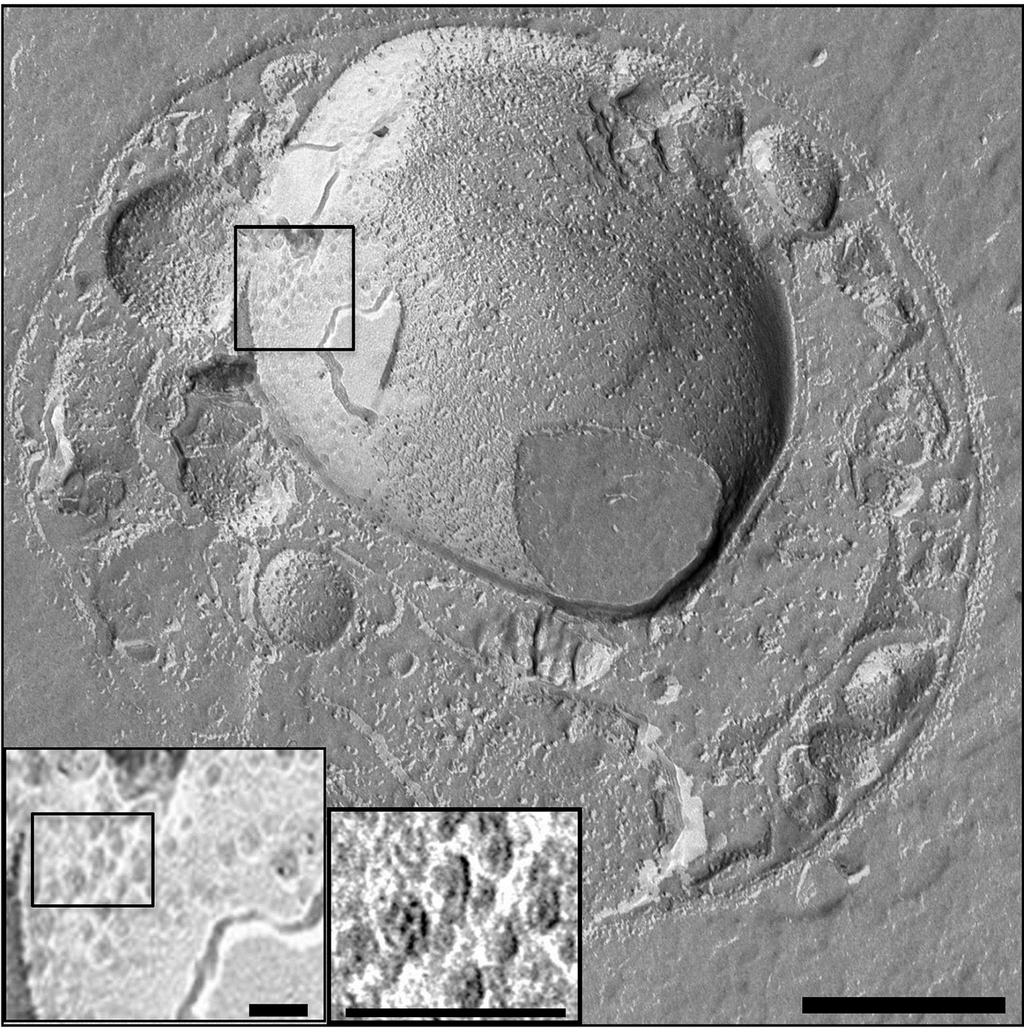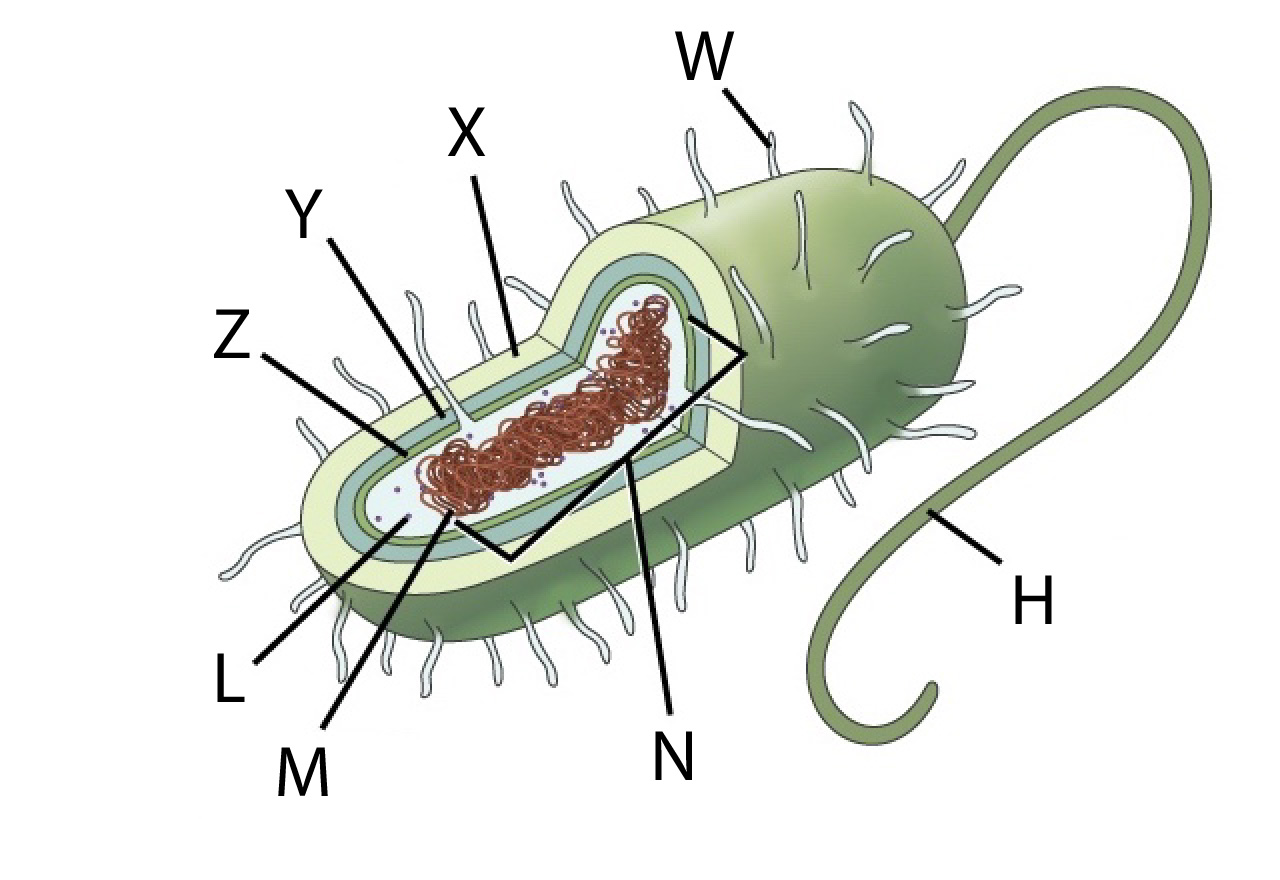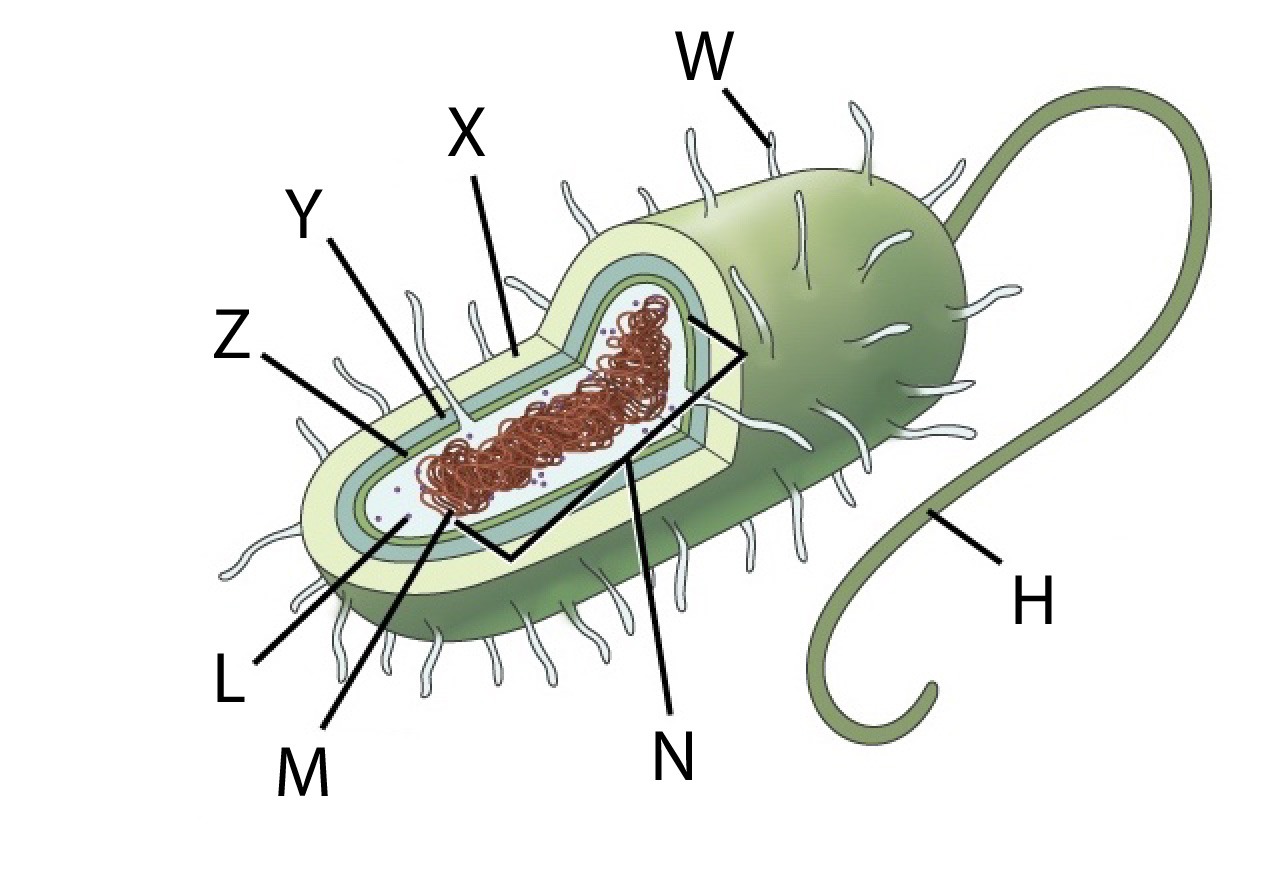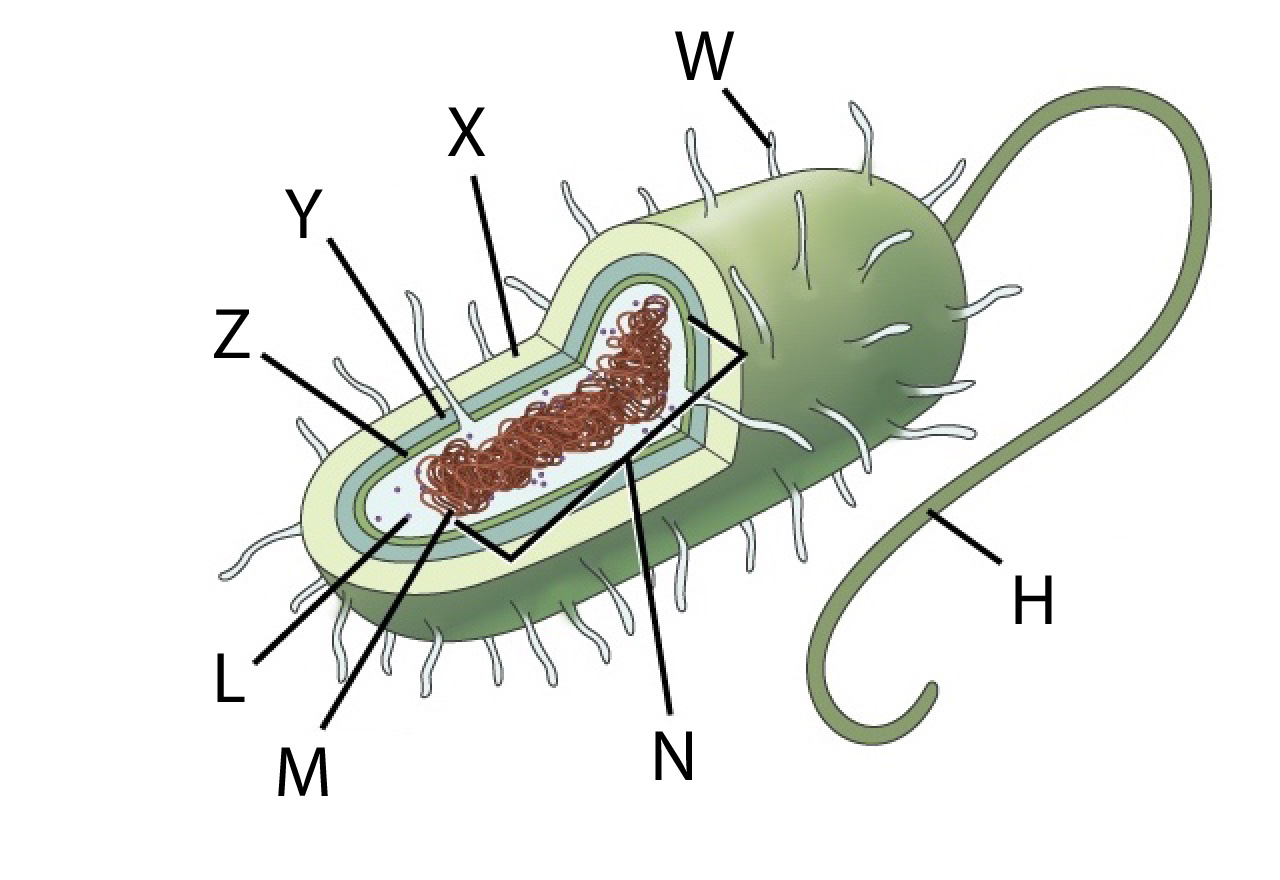bio midterm
1/19
There's no tags or description
Looks like no tags are added yet.
Name | Mastery | Learn | Test | Matching | Spaced |
|---|
No study sessions yet.
20 Terms
What did Oparin and Haldane propose?
The concept of a primordial soup as the origin of life.
The necessary requirements for the evolution of the first cells are listed below:
I. Compartmentalisation |
II. Catalysis |
III. Self-replication |
IV. Self-assembly |
Which options represent the most likely order of events?
II→IV→III→I
What was the goal of Stanley Miller and Harold Urey's experiment?
To simulate early Earth conditions in the lab.
In the early Earth, what is a likely energy source which led to pre-biotic formation of carbon compounds?
Lighting
What did the Miller-Urey experiment reveal after running for one week?
The formation of organic molecules from inorganic molecules
RNA is presumed to be the first genetic material. Which of the following statements is correct?
RNA ribozymes can catalyse biochemical reactions, indicating their potential role in early cellular processes.
Which statement describes how compartmentalisation contributes to the emergence of the very first cells?
Fatty acids forming spherical bilayers allow internal cell metabolism to be separated from the environment
How does phylogenetics contribute to our understanding of LUCA and its evolutionary history?
Phylogenetics provides insights into the genetic relationships between LUCA and modern organisms.
Which of the following provides evidence supporting the hypothesis that LUCA (Last Universal Common Ancestor) originated near hydrothermal vents?
I. Fossilised microorganisms found in ancient hydrothermal vent deposits. |
II. Detection of low levels of molecular hydrogen and carbon dioxide in the vicinity of hydrothermal vents. |
III. Presence of genes in LUCA related to high-temperature environments. |
I and III only
What does the discovery of organic molecules on meteorites suggest?
The molecules of life can form in a wide variety of environments.
The cell shown above cannot be a...
A. Mature liver cell
B. Mature red blood cell
C. Mature cheek cell
D. Mature white blood cell
B. mature red blood cell
The organelles that are involved in protein synthesis are...
A. 9 and 6
B. 5 and 2
C. 13 and 6
D. 2 and 6
5 and 2
The following structures are double membrane bound:
A. 8 and 9
B. 2 and 6
C. 2 and 9
D. 9 and 13
2 and 9
Which of the following correctly describes animal, fungi and plant cells?
Animals | Fungi | Plants | |
A | Plastids present | Cellulose cell walls | Large vacuoles |
B | Plastids absent | Centrioles sometimes present in gametes | Cellulose cell walls |
C | Plastids present | Centrioles absent | Chitin cell walls |
D | Plastids absent | Cell wall absent | Centrioles sometimes present in gametes |
B

The image below was created using which techniques?
A | Electron microscopy | Immunofluorescence |
B | Light microscopy | Freeze fracturing |
C | Light microscopy | Immunofluorescence |
D | Electron microscopy | Freeze fracturing |
D
Select the INCORRECT statement in the following:
When using an electron microscope the specimen must be ...
A. dead
B. mounted in water
C. placed in a vacuum
D. embedded in a hard resin
B. mounted in water

Genetic material is found in part ...
A. H
B. N
C. W
D. L
N

Which structure camouflages the bacterium from the immune system of a host organism?
A. W
B. Z
C. X
D. H
X

The length of a scale bar on an image of a bacterium measures 50mm. The scale bar represents 2.5µm in actual size. What is the magnification of this image?
A. 20,000
B. 2000
C. 5000
D. 500
A. 20,000
Which of these statements are advantages for the separation of the nucleus and cytoplasm into separate compartments?
I. The separation allows for post-transcriptional modification of mRNA before it meets ribosomes in the cytoplasm in eukaryotes |
II. The separation allows for immediate binding of mRNA to ribosomes in prokaryotes. |
III. The separation allows for post-translational modification of polypeptide in eukaryotes |
I only